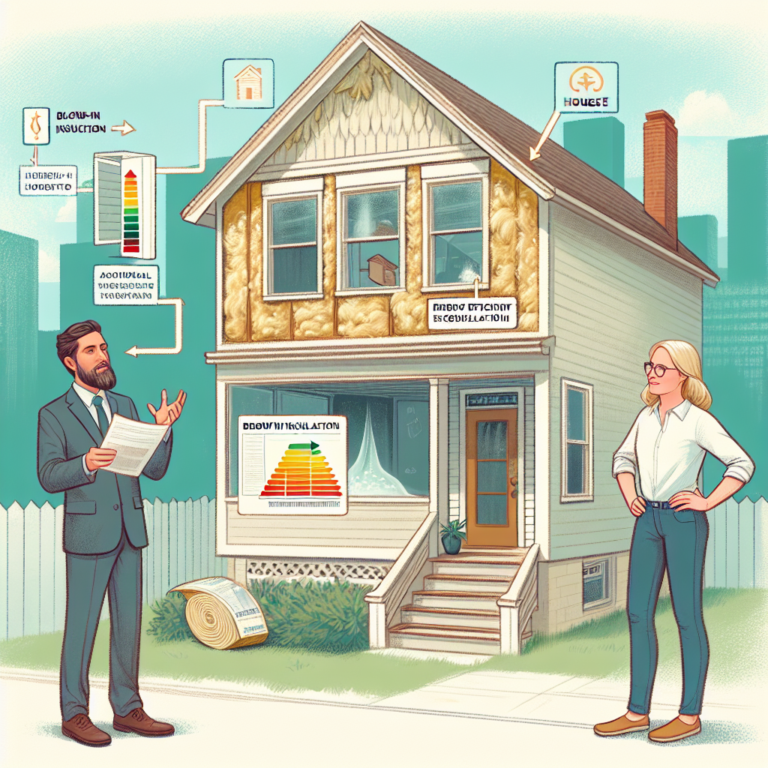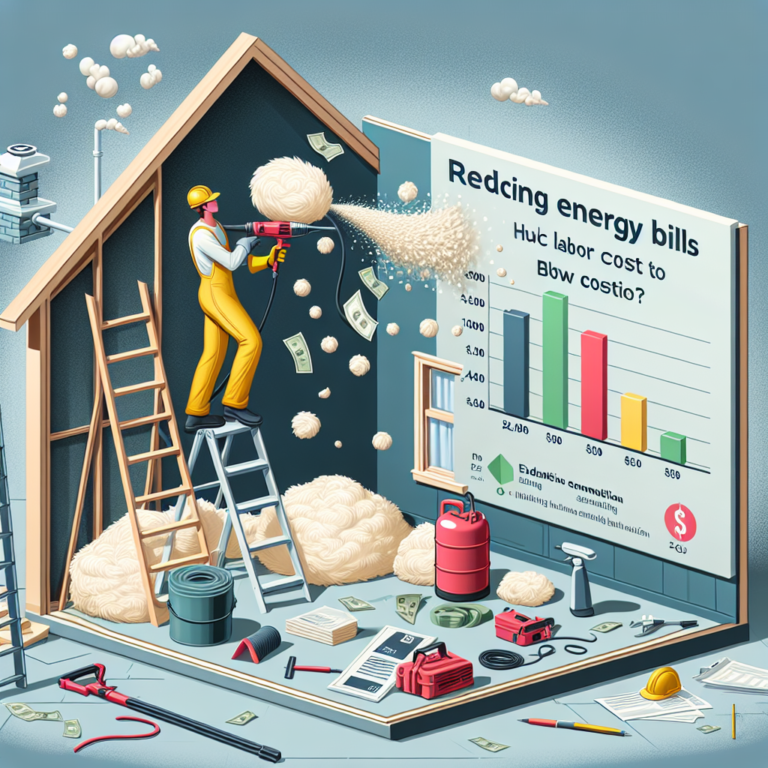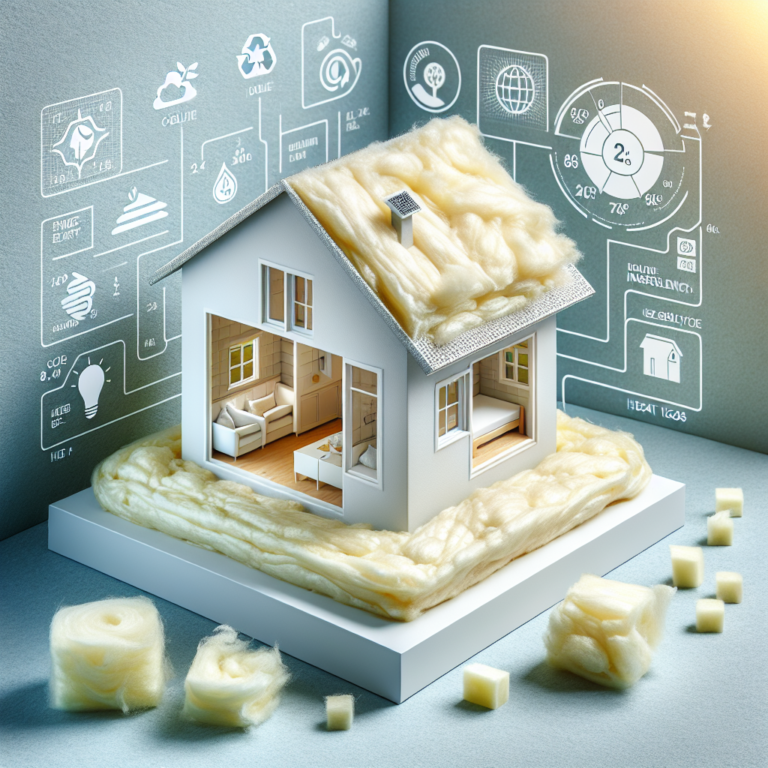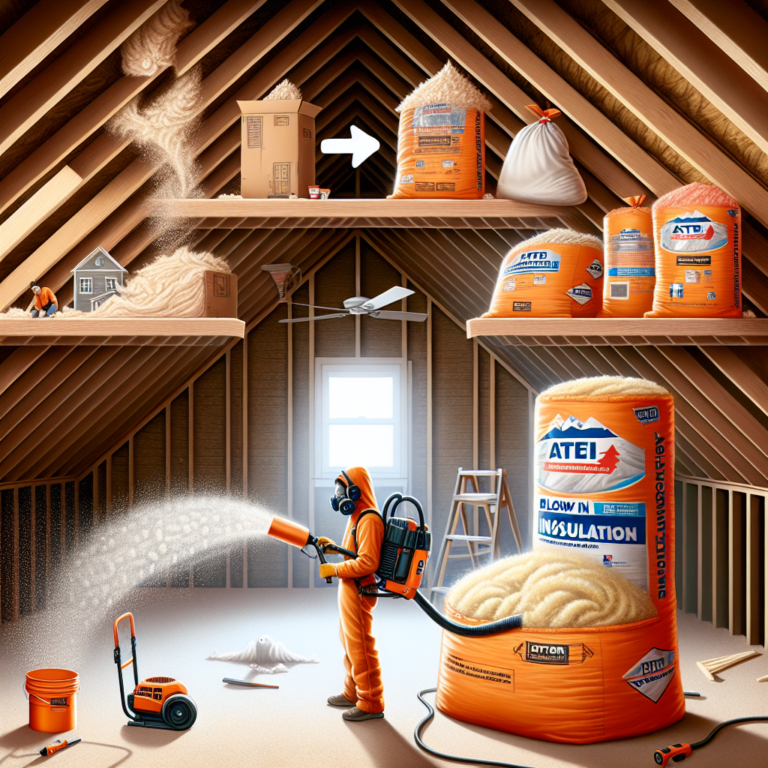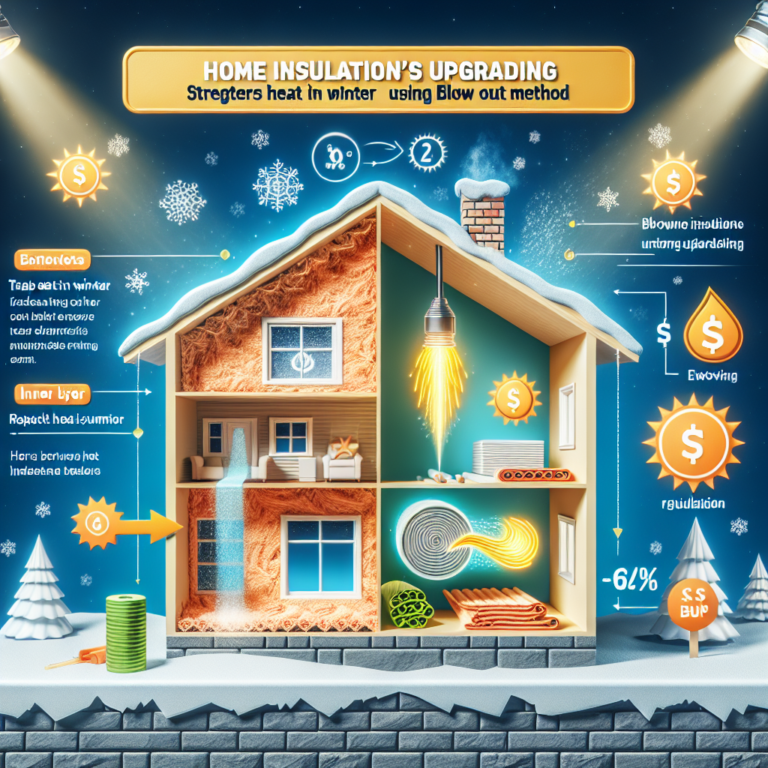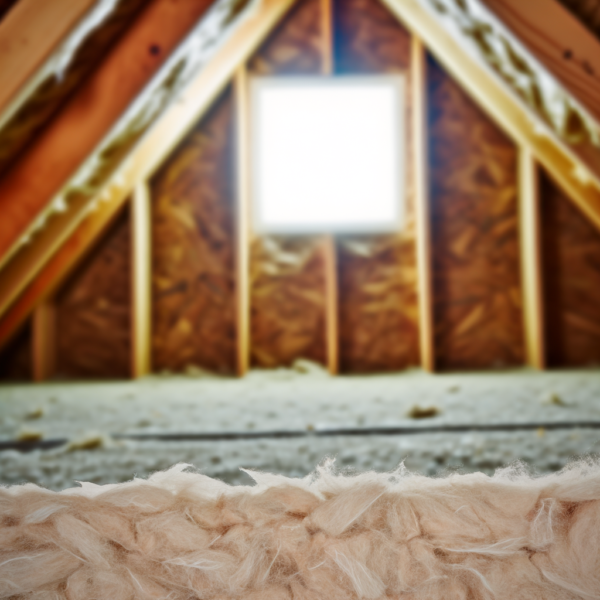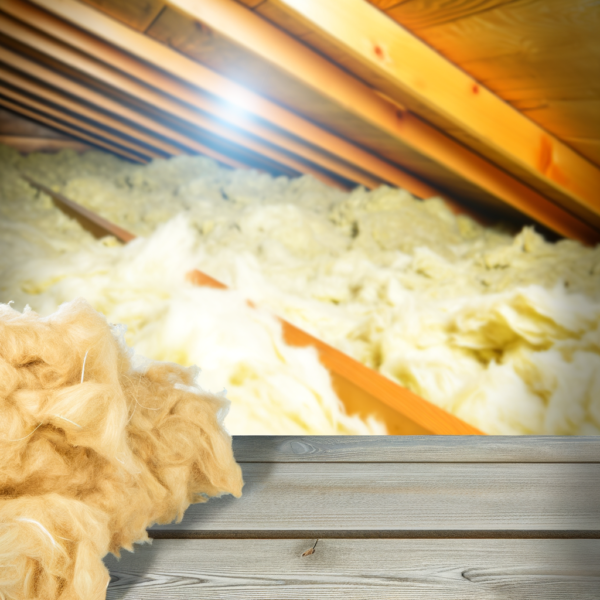Save Money and Stay Warm: The Surprising Cost of Blown-In Fiberglass Insulation
Introduction
Upgrading your home’s insulation is one of the most cost-effective ways to lower energy bills and boost comfort. Blown-in fiberglass insulation combines affordability, eco-friendliness, and superior thermal performance. In this article, we’ll explore why blown-in fiberglass insulation is such a smart investment, break down the costs you’ll face, and help you decide whether to tackle the project yourself or hire a pro.
H2: Why Choose Blown-In Fiberglass Insulation?
Blown-in fiberglass insulation consists of tiny glass fibers that are hydraulically “blown” into attics, walls, and crawl spaces. It fills every nook and cranny, creating a seamless thermal barrier. Key advantages include:
• Outstanding R-Value
– R-Value measures an insulation’s resistance to heat flow. Blown-in fiberglass typically delivers an R-Value of R-2.2 to R-3.8 per inch, outperforming many batt products.
– Deep coverage in attics can raise your overall R-Value to R-38 or higher, slashing heating and cooling costs.
• Eco-Friendly and Safe
– Made with up to 40% recycled glass, it reduces landfill waste.
– Non-toxic and moisture-resistant—fibers don’t support mold or mildew growth.
• Quick, Uniform Installation
– The blowing process ensures complete coverage, even in irregular cavities and around wiring or plumbing.
– Faster installation translates into lower labor costs.
• Superior Soundproofing
– Tiny glass strands absorb sound waves, dampening noise transfer between rooms or from outside.
H2: Calculating the Cost of Blown-In Fiberglass Insulation
Understanding the cost of blown-in fiberglass insulation helps you plan your budget and weigh ROI. Your total will depend on:
H3: Material Costs
– Fiberglass loose-fill runs roughly $0.40 to $1.00 per square foot, depending on R-Value and recycled content.
– Higher-density or specialty fire-resistant blends may cost up to $1.50 per square foot.
H3: Labor and Equipment
– Professional installers typically charge $1.00 to $2.00 per square foot, including equipment rental (blower machine) and cleanup.
– A 1,500 sq ft attic can cost between $1,500 and $3,000 for materials and labor combined.
H3: Project Complexity
– Attic Access: Tight or low-headroom attics add labor time and drive up costs by 10–20%.
– Remove Old Insulation: If your existing insulation is damaged or contaminated, removal fees may add $0.50–$1.00 per square foot.
– Air Sealing: Patching gaps and leaks before insulation can improve performance—and tack on another $300–$600.
H2: DIY vs. Professional Installation: Which Saves You More?
Deciding whether to DIY or hire a pro depends on your skills, schedule, and risk tolerance.
DIY Installation
• Pros:
– Lower upfront cost—rent a blower for $50–$100 per day and buy insulation at bulk rates.
– Sense of accomplishment and full control over the project.
• Cons:
– Steep learning curve—uneven coverage or over-blowing can reduce effectiveness.
– Safety gear (respirator, goggles, coveralls) adds $50–$100.
– Time investment—what pros finish in hours may take you a weekend.
Professional Installation
• Pros:
– Expertise ensures proper depth and coverage for maximum R-Value.
– Fast turnaround—most attics are sprayed in a few hours.
– Warranty or performance guarantees from reputable contractors.
• Cons:
– Higher upfront cost—labor and equipment fees included.
– Need to vet contractors for experience, insurance, and references.
H2: Q&A on Blown-In Fiberglass Insulation
Q: How long does blown-in fiberglass insulation last?
A: With proper installation and no moisture exposure, it can perform effectively for 20–30 years without settling or degrading.
Q: Will blown-in insulation improve my home’s resale value?
A: Yes. Energy-efficient upgrades like high-R-Value insulation appeal to buyers and may qualify you for green home certifications.
Q: Can blown-in fiberglass be used in walls as well as attics?
A: Absolutely. Wall cavities can be retrofitted via small drilled holes. Patching is quick, and performance rivals new-construction batts.
H2: Conclusion
Investing in blown-in fiberglass insulation is a smart way to save money, enhance comfort, and lower your carbon footprint. Whether you choose to DIY or hire a professional, understanding the true cost of blown-in fiberglass insulation ensures you get maximum energy savings for your budget. By sealing leaks, filling gaps, and adding a continuous thermal barrier, you’ll stay warm in winter, cool in summer, and enjoy years of utility-bill relief.


